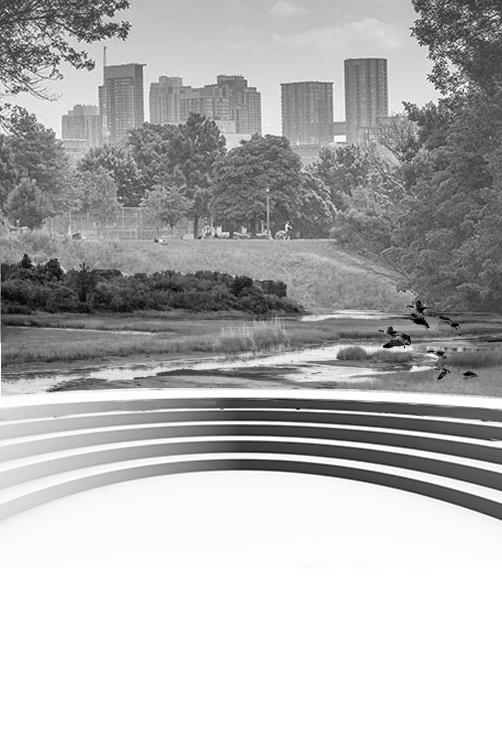PORTFOLIO
Lydia RosenthalB.Arch, Cal Poly, 2024
Open Arms Library (Spring 2022)
3° Ring Apartments (Fall 2022)
Platz 089 (Spring 2023)
Waste Streams (Thesis 2023/24)
Winter / Spring 2022
Prof. Stacey White
Collaborative work with Katherine Neuner
San Diego, California, USA
Located in the underserved Logan Heights neighborhood of San Diego, Open Arms Library exploits the intersections of environmental and social sustainability to create a lasting, welcoming addition to the community. As part of a new law school campus, we had to be particularly aware of the area’s tense history with institutional impositions. To create a welcoming yet private environment, interactions between users are encouraged on the ground floor and in outdoor space, but controlled through separate circulation and curated views on the upper floors.

Our site mediates the residential and university boundary. In an effort to increase transparency and access, the ground floor is porous and intentionally non-hierarchical, inviting all users in with public programming, such as a cafe and children’s library.

transport into the campus area better connects the divided
Increased and convenient bike parking reduces carbon emissions and caters to



Public functions and a porous ground oor encour age exible circulation for all




A. cafeteria
B. classroom
C. play room
D. storage
E. active play
F. children’s library
G. roof playground
H. theater
LIBRARY
I. group study
J. conference pods
K. breezeway
water heater
J. chlorine tank K. drinking fountains, sinks L. greywater
L. reading room RAINWATER CAPTURE A. roof membrane B. downspout filter C. cistern D. filters E. uv light disinfection F. carbon filter G. potable water tank

Winter 2022
Prof. Nanni Grau
Berlin, Germany
What will life look like, three degrees warmer?
This project focused on a renovation of an existing apartment complex at Mehringplatz, Berlin, imagining how architecture and urban form can be adapted to not only survive, but thrive on a warming planet. The project covers strategies at the urban and architectural scale, and aims to improve the passive thermal and ventilation performance. Throughout, a focus on adaptability, light-weight intervention, and connection to outdoor space was of


URBAN STRATEGY
Developed in collaboration with Franka Marxer and Ramona Friedrichs.
The Mehringplatz residential complex was designed by renowned German architect Werner Düttmann in the 1960s. Although quite radical for its time, the design has proved less successful than anticipated. Its repetitive structure is characterized by covered throughways which are underutilized and unwelcoming. The central grassy area is similarly little-used, and primary pedestrian traffic consists of commuters walking through the complex to reach a subway station. The ring orientation means that many apartments have poor orientation, and are either too hot or too cold throughout the year.
WIND TUNNELS
Yellow indicates partial demolition of existing walls to allow for the prevailing winds to pass through the urban complex. Community gardens in these spaces will unite the community.
TRAFFIC CALMING
To limit non-resident traffic and protect the privacy of the community, commuter bicycle and car paths will be rerouted outside of the interior ring.

FACADE SHADING
To protect the southern exposure in a warming climate, a system of balconies and arcades will extend the living space and provide adequate shade. These may also begin to affect building circulation.
DENSIFY
The red areas indicate places where open space in the ground floor will be filled with new programs. In these areas, additional floors will also be added to densify the complex further.
The rewilding of the local park and nearby river will protect from the heat and provide a barrier against more frequent flooding events.
GREEN CORRIDORREMODEL TYPOLOGY A
2 Bed, 1 Bath
Minimal intervention in the existing floorplan improves ventilation and offers increased flexibility in the living spaces.
REMODEL TYPOLOGY B
1 Bed, 1 Bath + Studio
One bedroom apartments enable a greater diversity of lifestyles. Both receive southern and northern exposure, and can be cross ventilated.
REMODEL TYPOLOGY C
3 Bed, 1 Bath
Densification of the existing apartments can also be achieved through an additional bedroom abutting the balconies.
ARCADE STRATEGY
Each apartment may extend onto the new arcade, which provides additional living space, shading possibilities, and instant connection to outdoor space.
COMMUNAL FLOORS
Remodel and extension typologies are flexibly and diversely arranged in order to promote intermingling between residents. Spaces that were opened for the urban wind tunnels host community gardens, while the rerouted circulation emphasizes connection to outdoors.
Prof. Thomas Neumann
Munich, Germany
Platz 89 serves the needs of many disparate groups – including seniors, young families, and students. Sited on a prominent corner in a quiet neighborhood, the project offers intimate, appropriately scaled building volumes housing meeting and living spaces. Beyond these safe and solid anchor points, the space in between is full of airy spaces for spontaneous use or friendly conversation. Platz 89 aims to invite users into an exploratory and open mindset.

Appropriately scaled volumes, “village” organization
STRUCTURE
Structural system consists of a combination of self-supporting CLT walls, and mass timber frame systems. Mass timber was chosen for its carbon sequestration abilities, as well as its friendly impression in this neighborhood. Two CLT volumes are elevated, necessitating a hybrid system. Circulation spaces exist between or outside the volumes, giving them an airy quality, with abundant glazing. Privacy was a concern for student apartments - there, the circulation corridor is pulled out from the volumes, with individual “entranceways” leading to each apartment.
CIRCULATION










CONSTRUCTING ELEVATIONS







The simple, friendly facade organization gives the buildings a human, approachable scale, and helps them blend into the neighborhood. Subtle interlocking patterns between materials lend texture and visual interest and help indicate underlying structural organization.











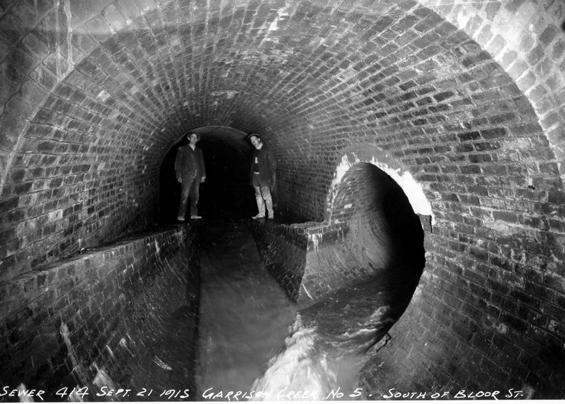
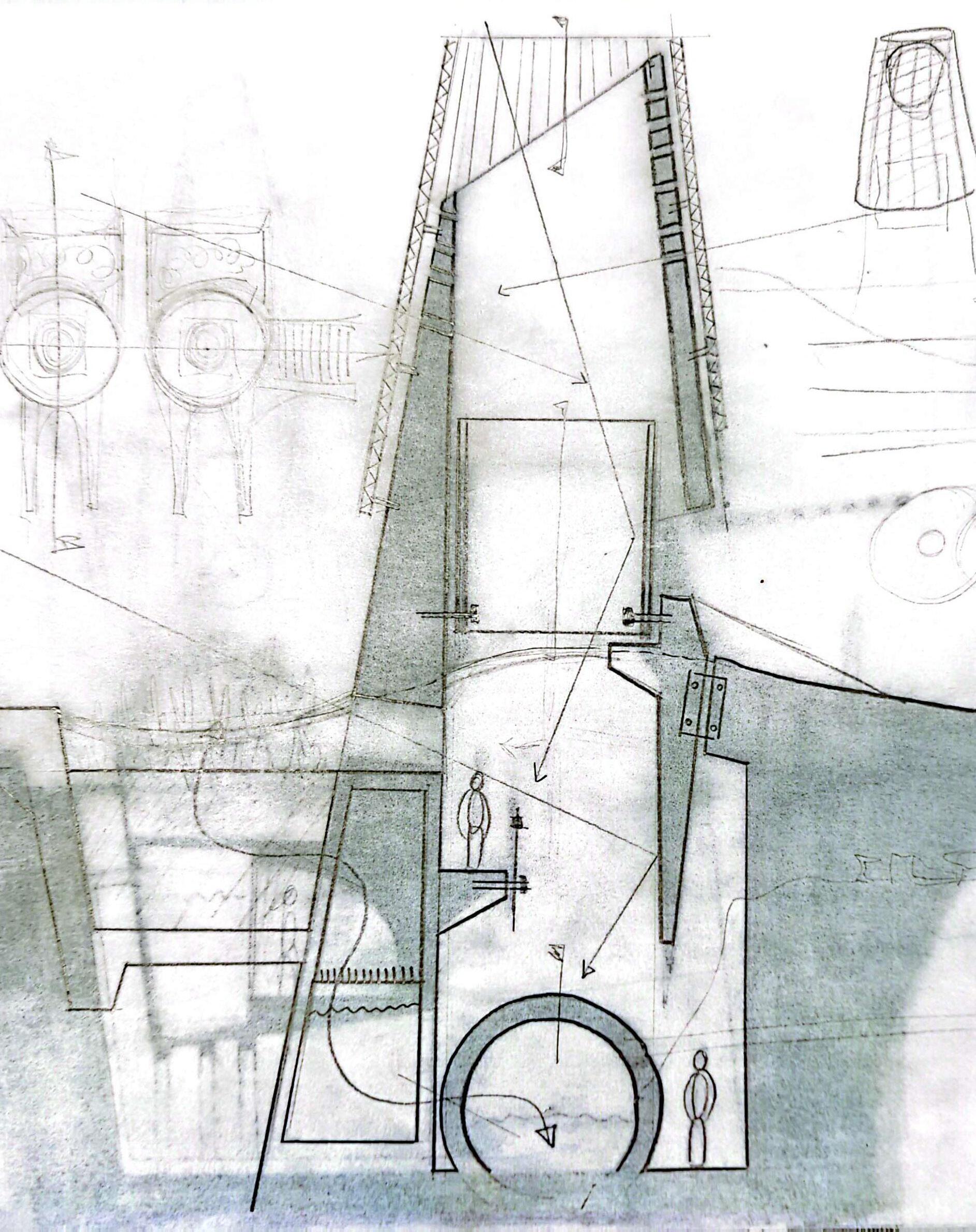




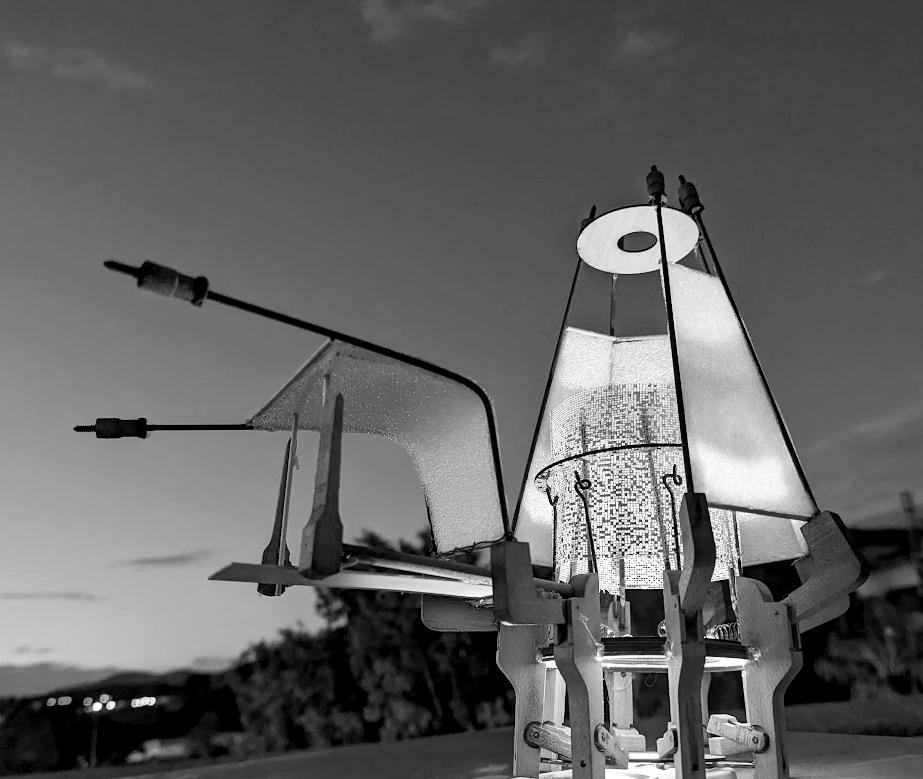



















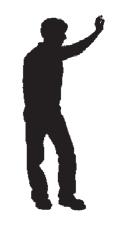




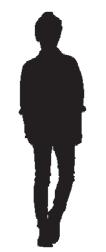


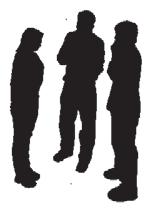




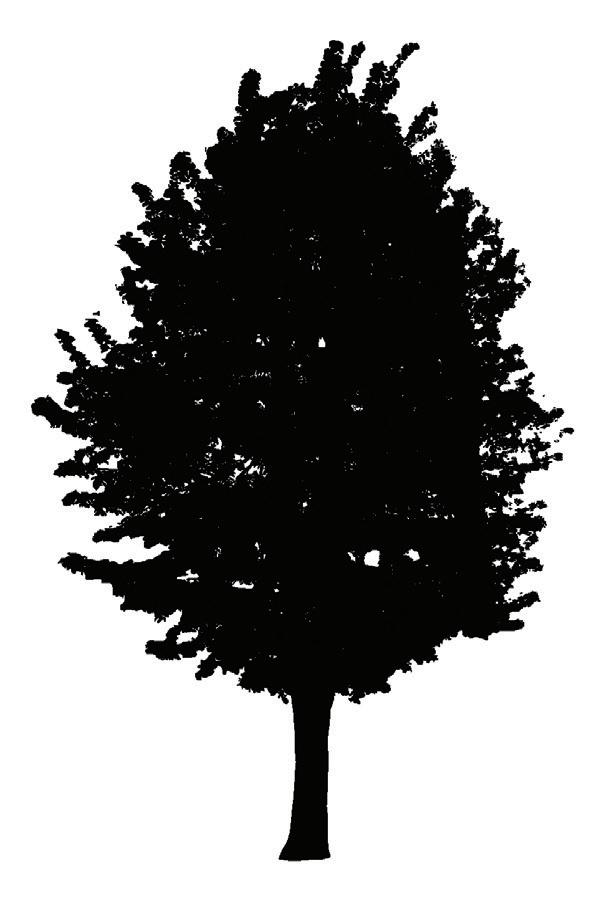 BEACON IN
BEACON IN



























